Inside the 'creepy' abandoned 100-year-old asylum used as a psychiatric hospital for World War I veterans
An urban explorer has shared terrifying photos of an abandoned Scottish psychiatric hospital, which left them with a 'creepy feeling'.
Natasha McCallum posted the photos of Bangour Village Hospital, west of Dechmont in West Lothian, on The deserted places of Scotland Facebook group.
The hospital, which first opened its doors in 1906, was part of the Edinburgh War Hospital during the First World War, but was later converted back into a psychiatric institution.
Amid changing mental health practices in Britain in the late 20th century, many psychiatric hospitals closed their doors in the 1990s and 2000s. In 2004, the building was officially closed after the departure of the last patients.
As shown in Natasha's powerful photographs, the current state of Bangour Village Hospital shows shattered windows and floors littered with rubble, while some of the original equipment remains.
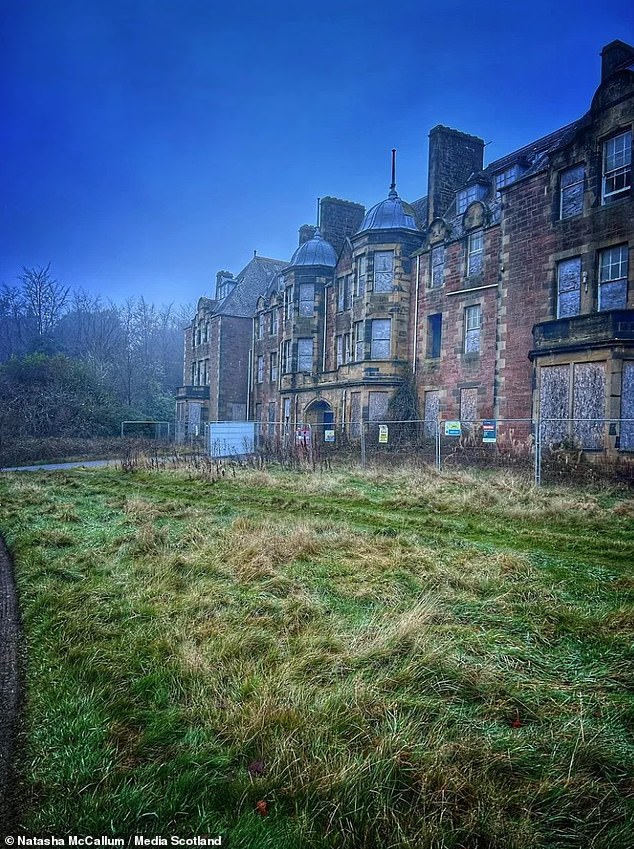
Natasha McCallum posted the photos of Bangour Village Hospital west of Dechmont in West Lothian to the Scottish Facebook group Abandoned Places
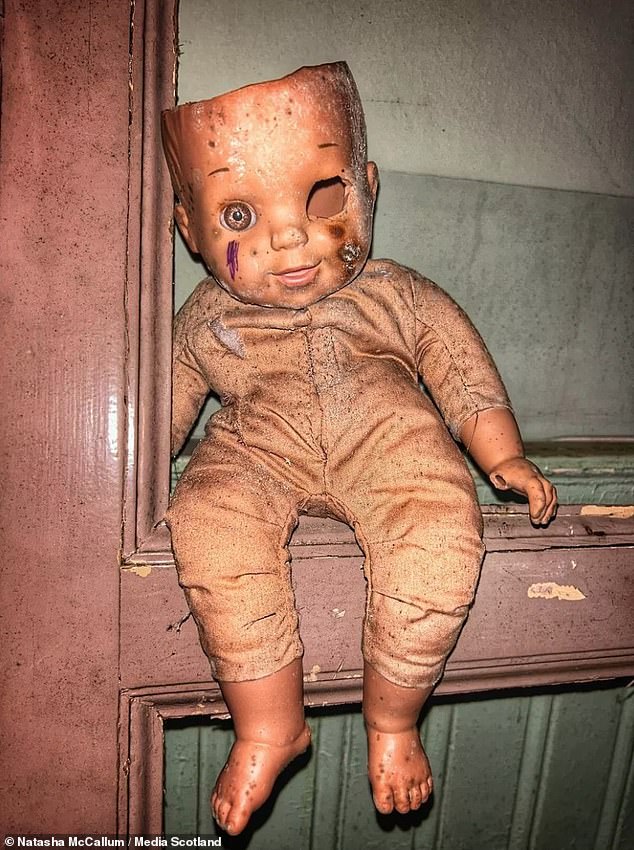

An urban explorer has shared eerie photos of an abandoned Scottish psychiatric hospital that they say gave them a 'creepy feeling'
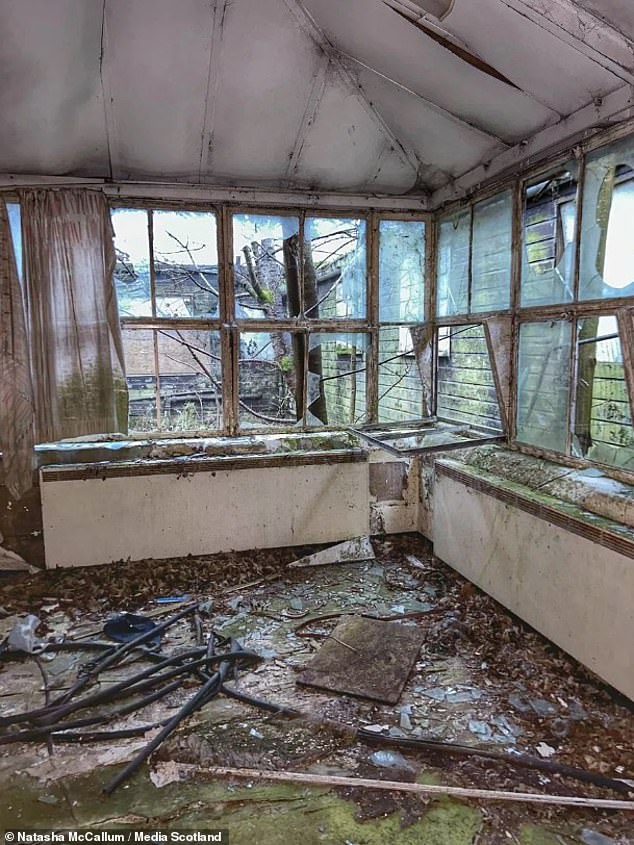

The hospital, which first opened its doors in 1906, was part of the Edinburgh War Hospital during the First World War, but was later reverted to a psychiatric institution.
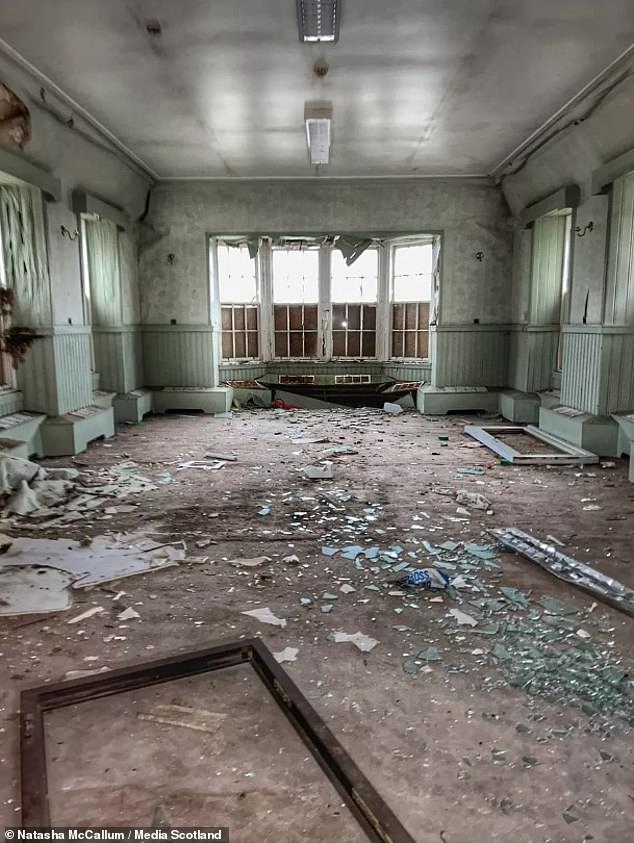

As shown in Natasha's powerful photographs, the current state of Bangour Village Hospital shows shattered windows and floors littered with rubble, while some of the original equipment still remains.
NAtasha noted, “All that's left is dark hallways, collapsing floors, and it's pretty much falling to the ground. Although this place has such an eerie atmosphere, it is not a place I would visit again, nor alone.
'They say the place is haunted, although the feeling inside was enough to believe that. To top it all off, the icy fog gave the buildings an eerie feel.
'Inside you can see what is left of the old hospital. I hope you enjoy the photos.'
The Bangour Village Hospital, near Dechmont in West Lothian, opened in 1906 for the 'mad paupers' of Edinburgh and for almost 100 years housed patients with mental health problems from across Central Scotland.
But after St John's Hospital opened in nearby Livingston in 1989, it slowly closed and in 2004 the last remaining ward closed.
Today it is a relic of its former past, and the Grade II listed buildings will send a chill down your spine as you walk around the 960 acre estate.
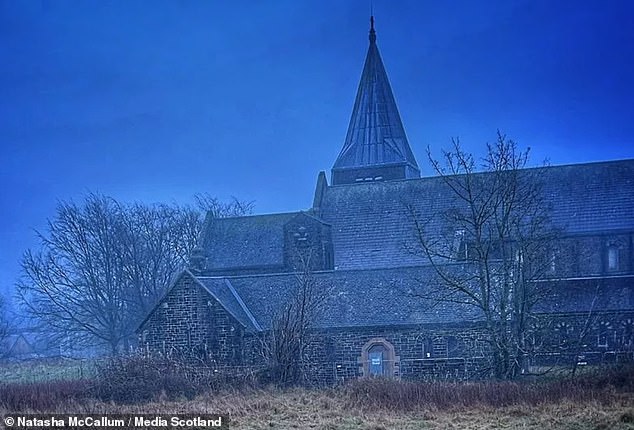

Bangour Village Hospital, near Dechmont in West Lothian, opened in 1906 for the 'mad paupers' of Edinburgh and for almost 100 years housed patients with mental health problems from across Central Scotland
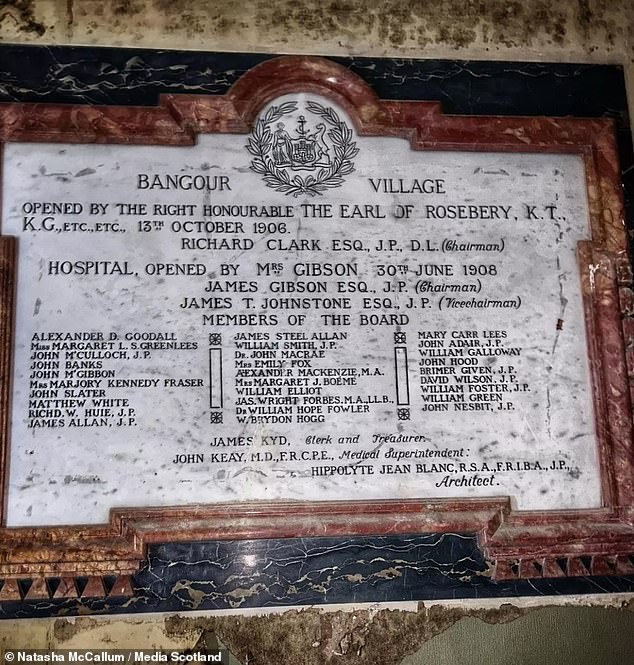

After St John's Hospital opened in nearby Livingston in 1989, it slowly closed and in 2004 the last remaining ward closed.
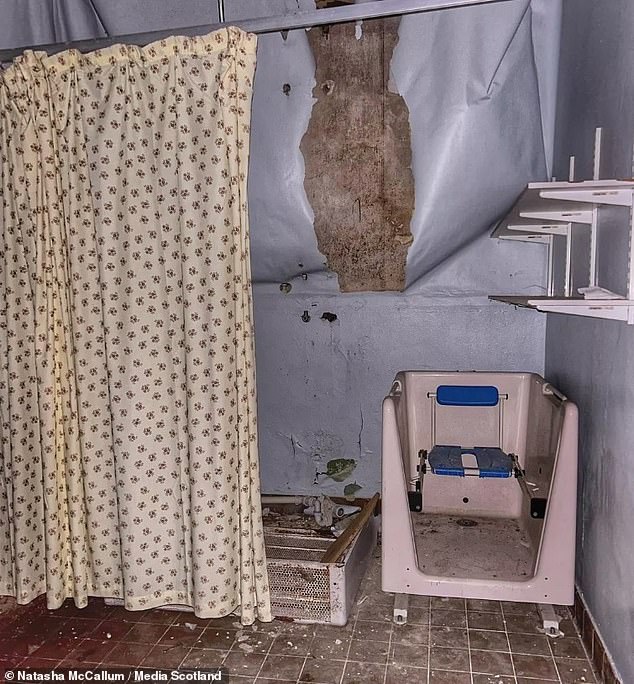

Today it is a relic of its former past, and the Grade II listed buildings will send a chill down your spine as you walk around the 960 acre estate
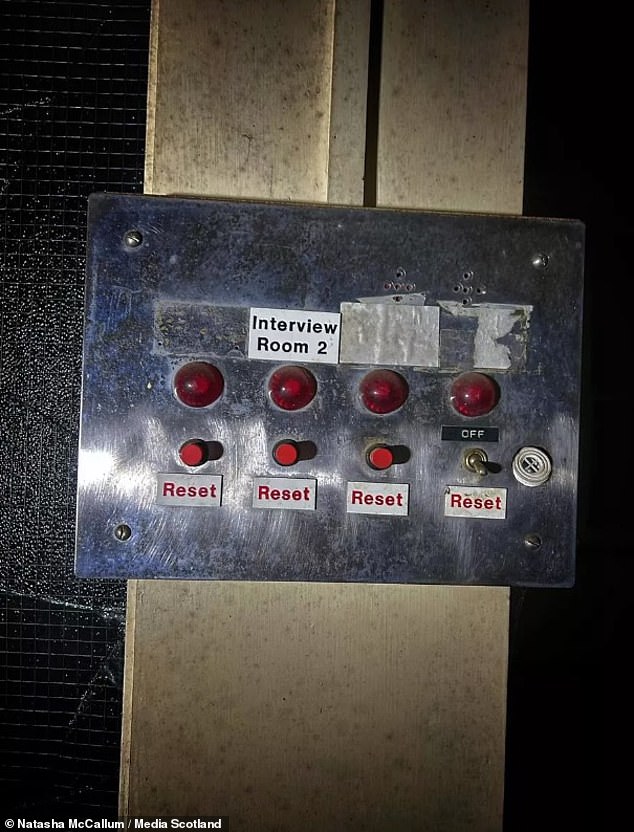

A former hospital worker who worked there in the 1980s described it as a “sinister” place to live and was filled with “shocked” World War I veterans.
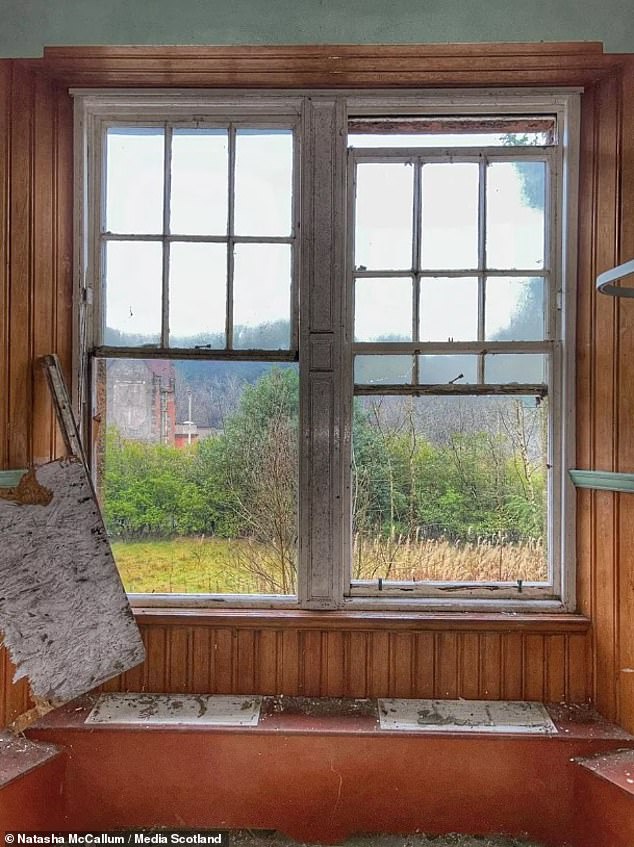

Built on the Bangour Estate, which was purchased by the Edinburgh District Lunacy Board (EDLB) in 1902, it was set up as a new style psychiatric hospital based on the Continental Colony system.
Built on the Bangour Estate, which was purchased by the Edinburgh District Lunacy Board (EDLB) in 1902, it was set up as a new-style psychiatric hospital, based on the Continental Colony system.
This approach was developed at Alt-Scherbitz near Leipzig, Germany, and was intended to provide patients with a calmer environment during their stay.
The revolutionary design created 32 villas in the style of suburban residential villas, with large bay windows and south-facing public areas to let in the most light.
Each room would house between 25 and 40 patients, with non-medical staff separated by a complex of workshops, shops, a kitchen and the main hospital block.
Bedrooms were also located upstairs in an effort to divert patients from the typical stresses and difficulties of institutional life.
By the end of 1905, some 200 patients lived in the facility, and it was recently discovered that 566 patients had been buried in unmarked graves in nearby cemeteries.
After the outbreak of the Second World War, the complex was converted into the Edinburgh War Hospital in 1939 and a large annex was built to increase capacity.
After the war the annex was converted into the Bangour General Hospital and the Bangour Village Hospital became a psychiatric hospital again.
The disused site has a reputation among local residents for being haunted by the ghosts of deceased patients.
A former hospital worker who worked there in the 1980s described it as a “sinister” place to live and was filled with “shocked” veterans of the First World War.
After its closure, the former hospital was used as a filming location for the 2005 psychological thriller The Jacket starring Keira Knightley and Adrien Brody.
It was also later used for a Scottish Government counter-terrorism exercise in 2009 to test decontamination procedures in the event of a nuclear explosion, while the site is currently earmarked for redevelopment.
